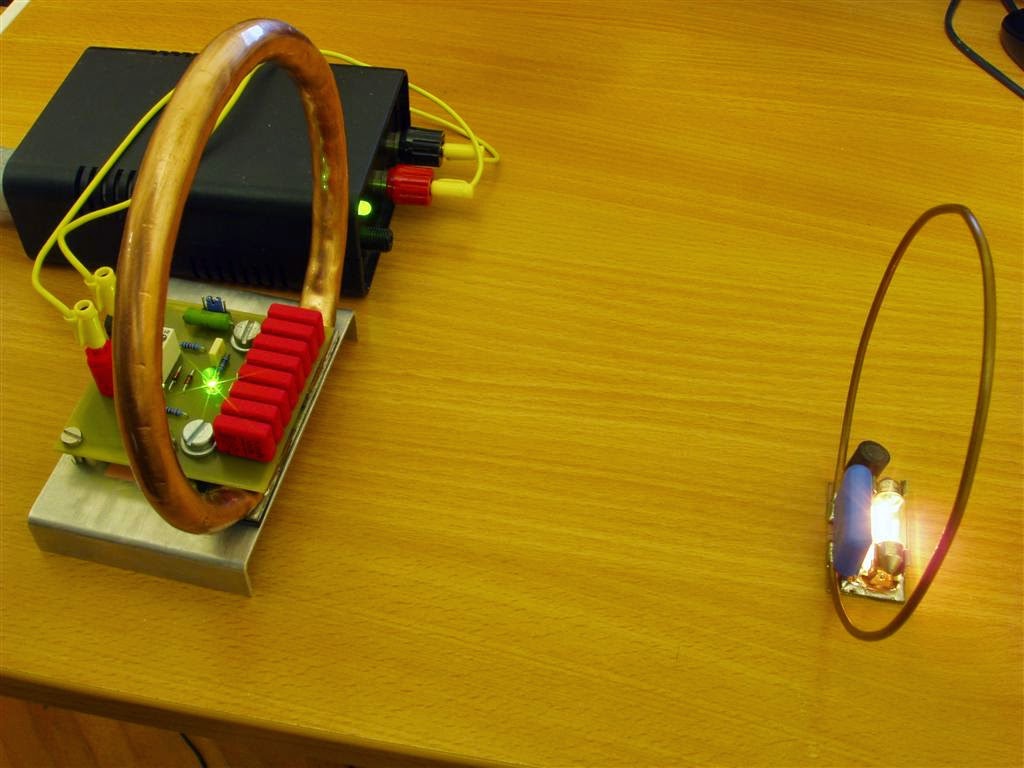ANALOG to DIGITAL CONVERTER with IC ADC0804
Description of ADC
The ADC are analog to digital converters have a variety of applications as an intermediate device that converts analog signals to digital form. These signals are used to be digitized for processing digital processors. For example we found a wide variety of sensors that convert the physical characteristics of the sensor into analog signals such as heart rate, temperature, pressure, force, distance, etc.
The ADC0804
The ADC0804 is a converter from analog to digital 8 bits. This ADC0804 has only one analog input channel with a digital output eight bits that can mostra 256 values of different measures. The step size is adjusted by setting the reference voltage in pin9 the reference input voltage can be adjusted to allow encoding any smaller range for the entire 8-bit resolution analog voltage. When the voltage reference pin is not connected to the ADC0804, the reference voltage defaults to the operating voltage, ie, Vcc. The step size is 19.53mV 5V (5V / 255), ie, for every increase of 19.53mV at the analog input, the output varies by 1 unit. To establish a determined voltage level as the reference value, this pin is connected to half the voltage. For example, to establish a reference 2V (Vref) is connected to 1V pin9 (Vref / 2), thereby reducing the step size to 7.84mV (2V / 255).
ADC0804 also need a clock to operate. The conversion time of the analog value to a digital value depends on the clock source. We can connect an external clock on pin 4 or we can use its built-in clock, placing an RC circuit.
- Pin1 Active ADC; under active
- Pin2 Pin input; From high to low pulse brings the data of the internal registers of the output pins after conversion
- Pin Pin3 input; Ascending impetus was given to start conversion
- Pin4 clock input pin to give external clock
- Pin Pin5 output goes low when the conversion is complete
- Pin6 non-inverting analog input Vin (+)
- Pin7 investment analog input, usually land Vin (-)
- Pin8 Land (0 V)
- Input Pin pin9 defines the reference voltage Vref for / 2 analog input
- Pin10 Ground (0 V)
- Pin11 bit digital output D7
- Pin12 bit digital output D6
- Pin13 bit digital output D5
- Pin14 bit digital output D4
- PIN15 digital output bit D3
- Pin16 bit digital output D2
- Pin17 bit digital output D1
- Pin18 bit digital output D0
- Pin19 Used with clock pin when internal clock source is used
- Pin20 Supply voltage (5V)
WATCH
The clock for the A / D can be derived from an external source such as CPU clock or external RC network can be added to provide the internal clock. The CLK IN (pin 4) makes the use of a Schmitt trigger, as shown in Fig. High capacitive load or high load R DC CLK pin should be avoided because it disturbs the normal drive operation.
Using the internal clock
|
Restart During a conversion
If the A / D is restarted (CS and WR go low and return high) during a conversion, the inverter is reset and a new conversion starts. The latch output data is not updated if the current conversion is not complete. Data from the previous conversion remains in this latch.
Free lift
In this application, the CS input is connected to ground and the WR input is tied to the INTR output. This WR and INTR node should be momentarily forced to logic low after a cycle start to ensure the operation of the circuit.
Free lift
|


Emplotime is an accurate time tracking and time management software that helps you get a lot more done each day. It is a web-based solution that provides time tracking, computer work session monitoring, reminders, screenshot recording, invoicing, reporting tools, integrations and so much more.
ReplyDeleteNice post!
ReplyDelete